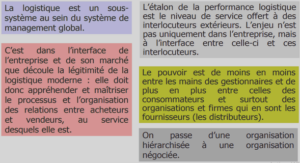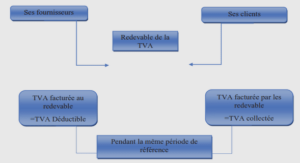Of all the conducting elements, aluminum and copper are often used as current carrying conductors due to their conductivity and mechanical properties. Although electrical conductivity of aluminum is somewhat less than that of copper, has long been used as an electrical conductor in view of its light weight and lower price. The first use of aluminum for electrical purposes was invented in Britain in 1876. And it entered service in transmission lines in 1909. In the US, utilities have used Al wires for over 100 years.
However, until 1965, the AA1350 aluminum conductor alloy began to be widely used for residential buildings. This alloy has a conductivity of 61 %IACS compared to 103%IACS for pure copper but a density of only 30%, so that it is a far more effective medium than copper for conductors that have to be supported on overhead line structures. Meanwhile, widespread cost that the price of copper was very high made the installation of aluminum conductors a very attractive alternative. However, several issues were encountered with the use of AA1350 aluminum alloy conductor in household applications. Some junction failures occurred due to gradual loosening at the terminals that caused damage and fires [1-3].
Therefore, a new series of alloys, namely 8xxx aluminum alloy with 0.3−0.9 wt.% Fe which was registered in Aluminum Association to replace AA1350 alloys for the overhead electrical transmission [4]. The comprehensive performance, and high creep resistance of this type of conductors when installed properly can be just as safe as copper. The high extent Fe in these alloys are advantageous when the wire is batch annealed at 200−250 °C. However, it is bad for the flash annealing when the annealing conducted at higher temperature for shorter times.
Fabrication process of 8xxx aluminum conductor alloys
The product of 8xxx conductor is fabricated by Properzi continuous casting methods [5]. When the billet is continuously rolled to a rod with total strain of 4.3 (98.6%), the subgrain were formed and the size of subgrains greatly decreased during the process (i.e., for Al−0.65 wt.% Fe alloys, after 3 passes and 13 passes, the temperature T declines from 485 to 180 °C and subgrains decrease from 6.0 µm to 1.1 µm [6]). This heavy reduction breaks the eutectic compounds into segments and distributed throughout the aluminum matrix. Without an intermediate annealing treatment in order to retain the substructure, the rolled rod is transferred directly to wire drawing. At completion the wire is given a recovery annealing treatment which raises electrical conductivity and ductility without greatly changing the subgrain size.
In order to have better combination of mechanical and electrical properties in 8xxx aluminum conductors, processing parameters are investigated including extrusion ratio, homogenization and novel manufacturing process. Guo et al. [7] studied the influence of the extrusion ratio on the AA8030 aluminum alloys rods, and obtained the best ratio of 13, which showed the maximum electrical conductivity of 60.8%IACS. Engler et al. [8] investigated the evolution of microstructure during homogenization and subsequent rolling and back-annealing for the Al−Fe−Mn alloy AA8006 to understand the underlying mechanism that control the recrystallization behavior of the alloys. In the research of Zhang et al. [9], it is found that Al−0.7 wt.% Fe−0.24 wt.% Cu alloy manufactured using horizontal continuous casting and subsequent continuous forming method showed well combined mechanical properties and electrical conductivity; in addition, a better creep resistance under condition of 90 °C and 76 MPa is obtained.
Alloying elements in 8xxx aluminum conductor alloys
In general, pure aluminum is weak and the aluminum conductors in transition lines have been developed by addition of other elements to improve the distribution and morphology of the stabilizing particles to improve the comprehensive properties. The addition of alloying additives, such as Fe, Cu, and Mg, was added in 8xxx aluminum alloys. These additions in aluminum may create a solid solution or individual phases, which will be discussed in the following.
The solid solubility of Cu in aluminum is much higher than Fe (5.7 wt.% at 548.2 °C and about 3.5 wt.% at 450 °C [15]). It is reported that small addition of Cu in solid solution could result in the fine substructure during the hot deformation process due to the lower diffusion rate [16]. Small amount of Cu in solid solution resulted in retardation of dislocation movement and enhanced the rate of dislocation multiplication.
On the other hand, Cu is often added to improve the strength of aluminum alloys. However, addition of Cu more than 1.1 wt.% results in the formation of coarse intermetallics during casting, which causes the corrosion. In addition, addition of copper causes greatly decreasing of electrical conductivity. Consequently, it is favourable to have a proper copper content by balancing the strength and electrical conductivity.
INTRODUCTION |






